Written by Lorrie Reynolds
Categories
Judge Your Dog’s Emotional State While Training
While you should be monitoring your dog’s emotional state while you are training, there are some things you may catch on video that you may not be able to see clearly during training. While you are reviewing your video, look at your dog’s level of confidence with the exercises, how he reacted to any distractions, whether he was happy to be training or not, and see whether you can detect any signs of physical discomfort.
What does that look like? For confidence, your dog should be performing with no hesitation, no head checks, and a happy attitude. He should show an understanding of what you are asking and a willingness to move on his own.
Distractions should only take your dog’s attention away for a second, before he returns his focus to you. He should not be anxious or scared during training.
Your dog should move smoothly through the exercises with no signs of limping, unnatural slowness, or signals that he is protecting one part of his body.
Measure Your Reward Frequency
A second thing you can measure if you video your training sessions is your reward frequency. We tend to get focused on what we are trying to do and communicate with the dog while we are training. Sometimes with that focus, we do not reward often enough.
Your dog should be getting rewarded every time you make a mistake, every time he does something right, and every time you are asking him to be idle while you consider your next task. While you are thinking, keep your dog engaged and reward for simple behaviors that you don’t have to think about like nose touches and control positions.
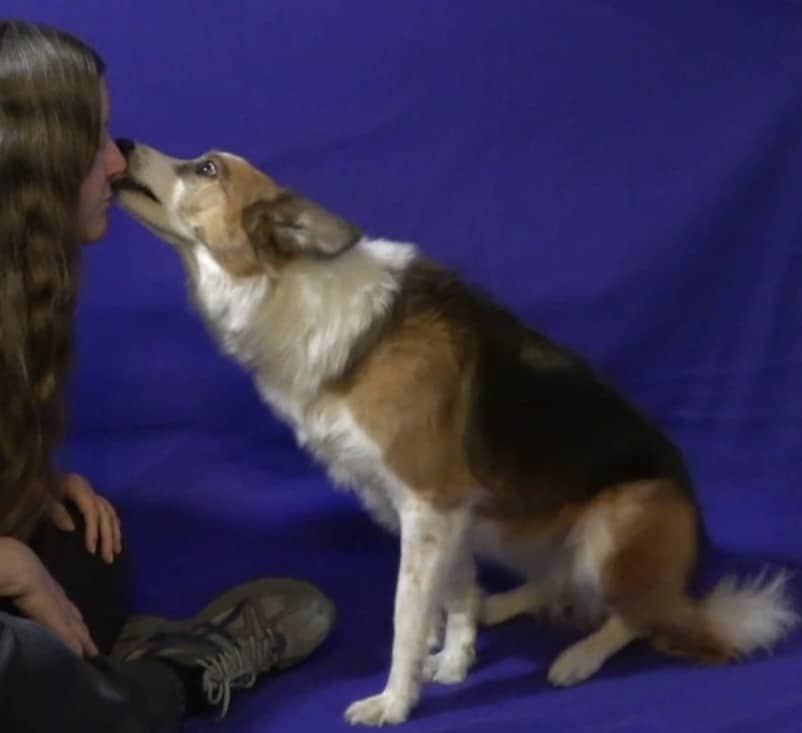
Critique Your Training Mechanics
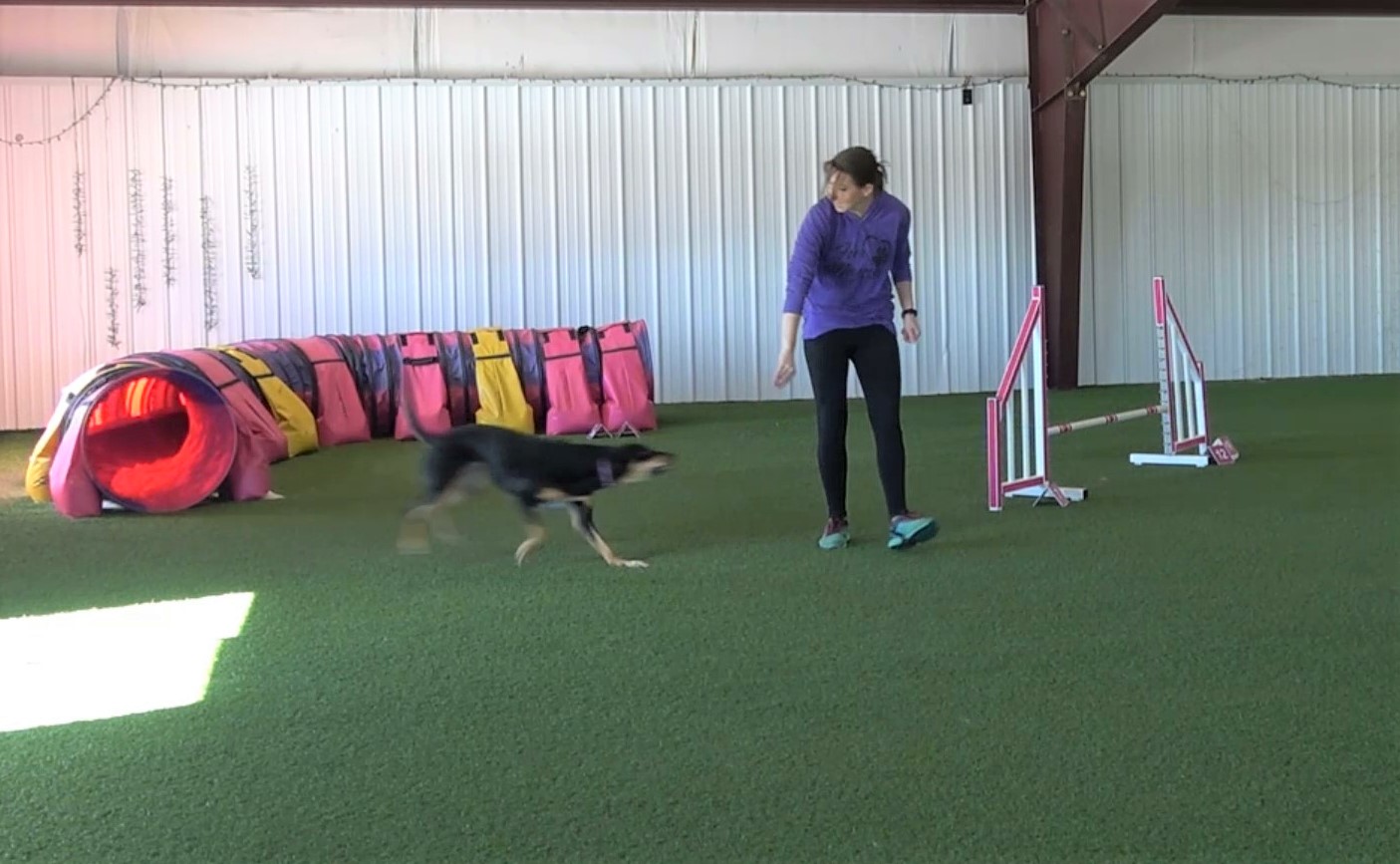
Video is a great place to analyze the timing of your clicker or marker word and watch your dog’s reaction to your reward placement. Try to determine if your mark is communicating to your dog the instant he performs the behavior. Does he respond to your marker by immediately orienting toward you or the reward?
Reward Placement can either hinder or help your training efforts. Poorly placed rewards can cause your dog to move out of position or shift to anticipate the reward. Rewards placed properly can help solidify your dog’s behavior.
Evaluate Your Handling and Cues
Video is a great tool for critiquing your handling and cues, whether that is agility or tricks. It can help you see if you were really telling the dog what you thought you were.
Pay attention to your dog’s responses to your cues. Was his response what you expected? Did your body language help clarify what you were asking or make it more difficult? Watch for instances where you should have rewarded but didn’t because what you thought was an unsatisfactory performance was actually a lack of clarity in the cues.
Determine if You Are Maintaining Performance Criteria
Recording your training sessions can give you significant insight into whether you are holding your performance criteria or not. It can show how many times you rewarded for a performance that you shouldn’t have, and missed rewarding an incremental improvement.
If you are training for agility, look to see if your contact behaviors were solid, your turns were tight, and the dog’s lines were efficient. If you were training obedience or tricks, check the cue to response time, the body position and placement of the dog, or whether the hold was solid or not.
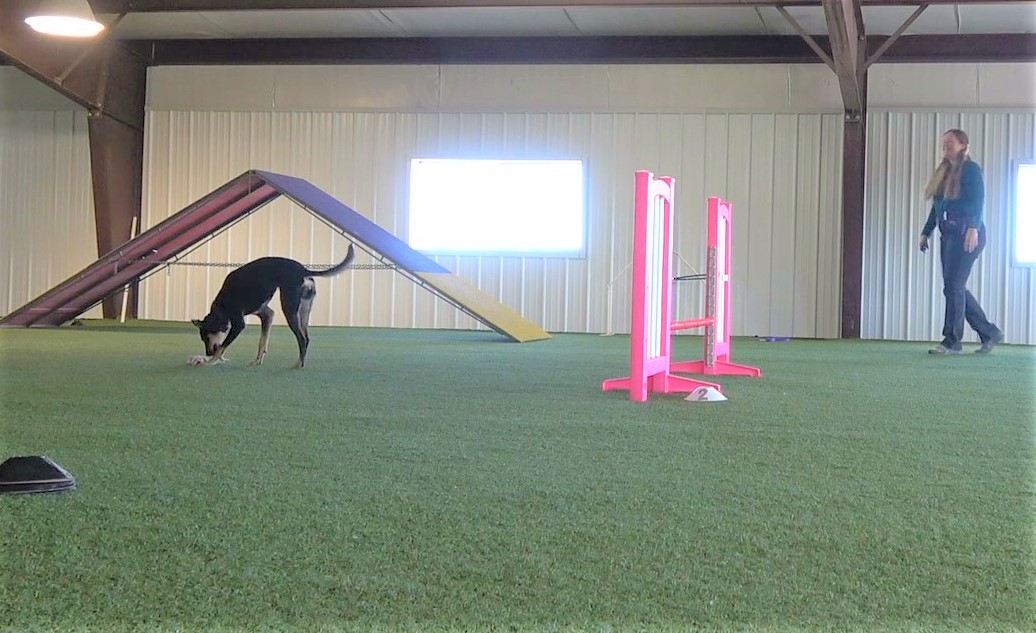
What Went Right During Training
Now for the good stuff – video can allow you to see what went right during your dog training session. Measure how many of the things from the previous paragraphs went right.
You’ll have footage that you can play over and over so you can take notes on what worked perfectly for your team. You’ll get exercises that you can show off to your instructor or your friends on social media. You might even end up catching something fun that happens unexpectedly.
Measure Improvements in Performance Over Time
Whether you just view the video, journal the results, and delete it, or keep a library of clips on your hard drive, videoing your training allows you to track your improvements over time. Watching one training session lets you see how your dog improved over the course of the training session. Keeping clips of multiple training sessions allows you to look back over time and see how far your team has come.
Today’s Tip
Today’s tip is to take the few minutes required to set up and video every training session that you can. Even if you delete your recorded training sessions immediately after watching them, you can learn a ton by looking at things like body position, cues, reward frequency and placement, timing, and more.
We reopened Agility FUNdamentals for Distance: Foundations and Independent Obstacle Performance! Click the button below to get more information!
If tricks are more your style, or you aren’t ready to rock distance from start to finish, you can join our community for more tips, discounts, and early notifications of new eBooks and courses.
You Might Also Like…
Five Ways to Crush It at Your Next Dog Agility Seminar
Going to a dog agility training seminar? Check out these five tips to maximize your return on investment!
Read This Before Deciding on Your Agility Dog’s Contact Performance
Which contact performance, running or stopped, is right for your team? The answer might surprise you.
Is Your Agility Dog a Pinto or a Ferrari?
If you’ve moved up from a slow or moderately-fast agility dog to a speed racer, here’s some advice to make your life easier.
Get tips, stories, discounts, and early notification of events and new courses delivered straight to your inbox! Join the community!
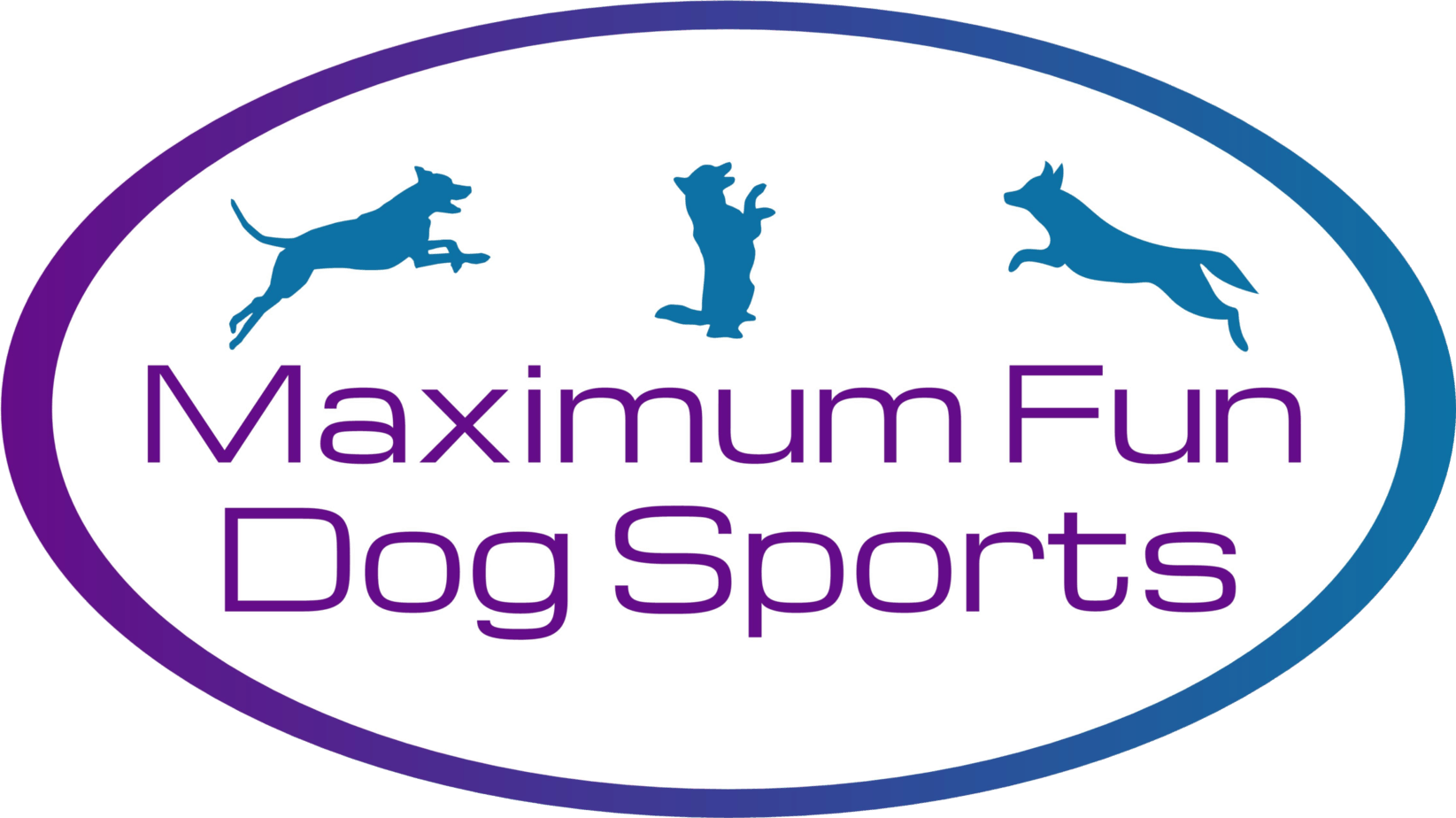
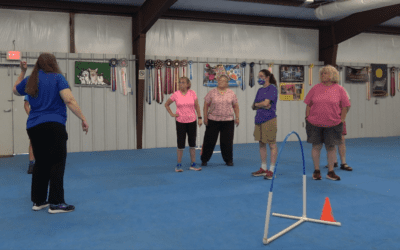
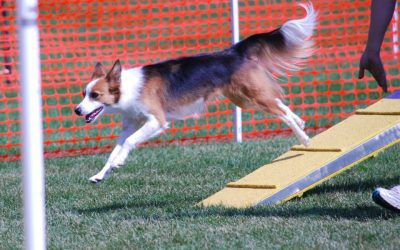
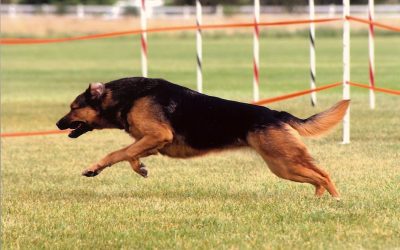
0 Comments